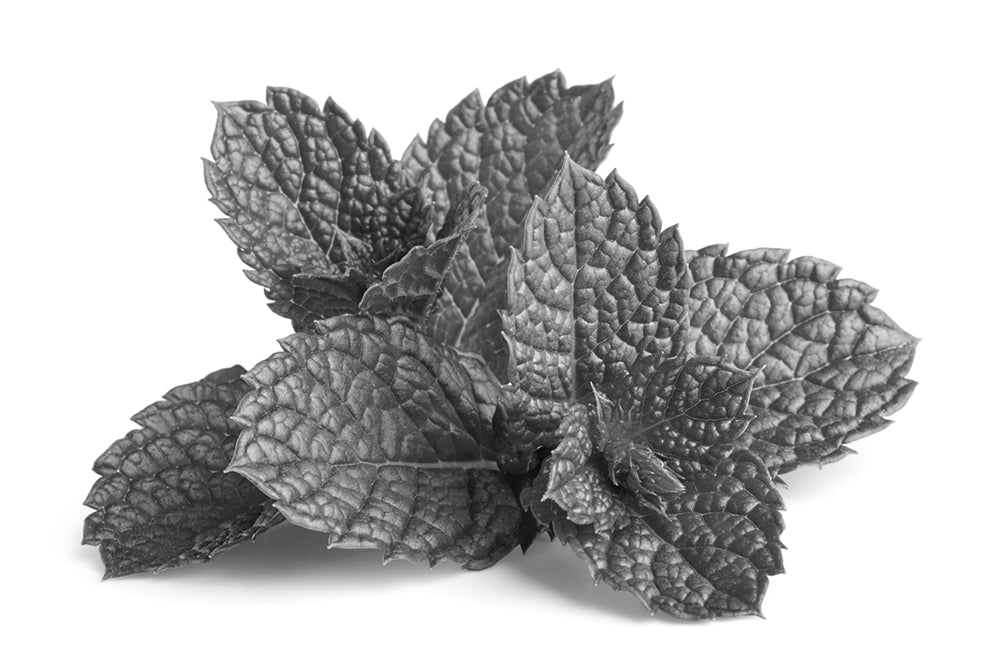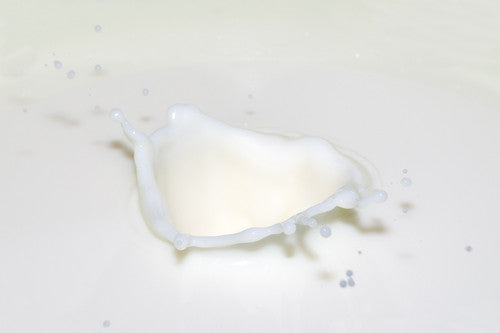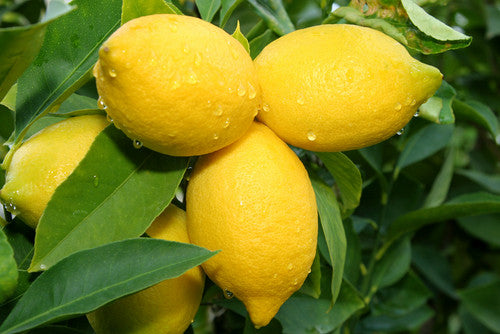
ingredient focus: peppermint

Peppermint (Mentha piperta) is a hybrid of watermint and spearmint. Although it is native to Europe and the Middle East, it is now widely cultivated throughout the world. Peppermint may date as far back as 1000 BC. Dried peppermint leaves were reportedly found in the Egyptian pyramids, and is said to have been used to aid digestion and even as a form of currency. Greek mythology states that the word “peppermint” found its origin from a love triangle involving Hades, Persephone, and the nymph Minthe, who later became peppermint. The Romans reportedly grew the plant in their gardens and pathways to greet their guests with its aroma.
The medical uses of peppermint were documented as early as AD 1240 in the Icelandic Pharmacopoeia, and by the 16th century in the London Pharmacopoeia, where it was listed as a natural remedy for venereal disease, sores, headaches, and digestive problems. It was also prized by native Americans.
Modern medicine continues to research the properties of peppermint. It has been shown to be an effective anti-microbial and anti-fungal, in addition to possessing anti-oxidant properties. Peppermint oil has been studied as a short-term treatment for irritable bowel syndrome and as an anti-spasmodic prior to colonoscopy. It is thought to soothe nausea, vomiting, abdominal pain, indigestion, and bloating. The aroma itself has been studied for its ability to boost memory and alertness, and has been demonstrated in at least one clinical trial to be an effective natural remedy for tension headaches.
Ayurveda prizes peppermint as it is felt to balance all three doshas – pitta, vata, and kapha. It has cooling and heating properties (virya); a sweet and pungent taste (rasa), is dry, penetrating, and light (guna); benefits nerves, blood, and plasma (dhatu); aids digestion (vipaka); and stimulates the circulatory, nervous, digestive, and respiratory systems (srotas). The skin also benefits from peppermint oil , which is believed to reduce the severity of eczema, acne, rashes, and irritation.
It is even said that adding a drop of peppermint oil to your pillow will bring dreams of the future. We dream of peppermint and have included this fragrant ingredient in our lip butter.
1www.wikipedia.org
2www.ayurvedicoils.com/tag/peppermint-oil-in-ayurveda



leave us a comment
This site is protected by hCaptcha and the hCaptcha Privacy Policy and Terms of Service apply.